Health Risks of Common Pests

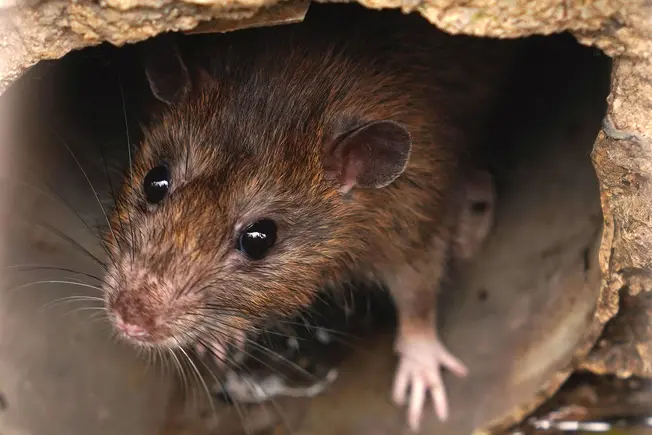
Mice and Rats
Mice are in every town in America, and by some estimates, there’s one rat for every person in the U.S. They’re everywhere, and they’re destructive. They can carry fleas, lice, and ticks. Their pee, poop, hair, and saliva can contaminate your food and spread disease. If they get into your home, they can create a fire risk by chewing on electrical wires. They gnaw on structures and burrow into furniture.
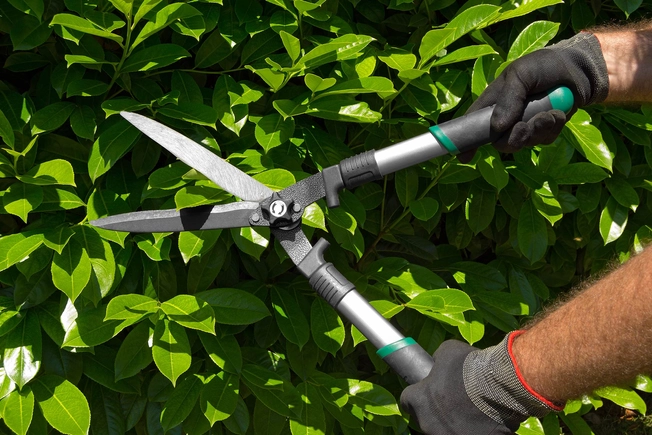
How to Keep Out Mice and Rats
Trim or clear bushes or shrubs around your house. Throw away or compost grass trimmings so rodents can’t burrow close to your home. Get rid of your trash in containers with lids so food doesn’t tempt the critters. Store wood or lumber at least a foot off the ground. Check your home for small gaps around windows, doors, cables, wires, or pipes. Mice can fit through a hole the size of a pencil, so seal any gaps you find.

Squirrels and Chipmunks
Like mice and rats, chipmunks and squirrels are rodents. If they get into your home, they can chew on electrical wires and insulation and cause a fair bit of damage. But that’s likely because they’re just trying to get out. Squirrels and chipmunks almost never carry rabies and don’t usually try to bite people. But they can carry parasites such as fleas and ticks.
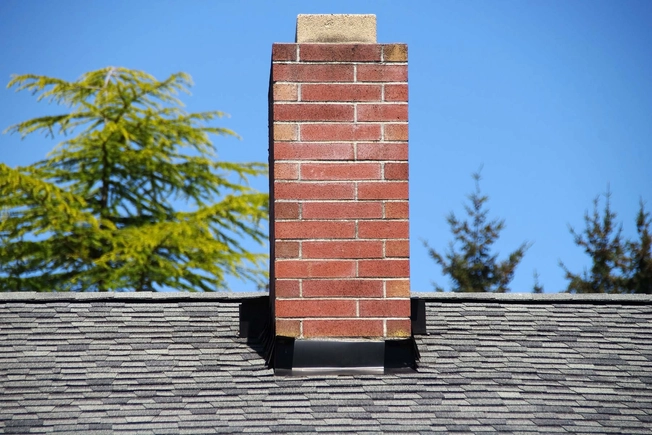
How to Keep Out Squirrels and Chipmunks
To keep them from coming in, screen the top of your chimney and seal holes around doors and windows. Trim trees to 8 feet from your roof. If one gets into your house, close doors that lead to interior spaces, and open a window or door that leads outside. Make sure kids and pets are in another room. The squirrel or chipmunk should show itself out. If it doesn’t, try baiting a humane trap with peanut butter.
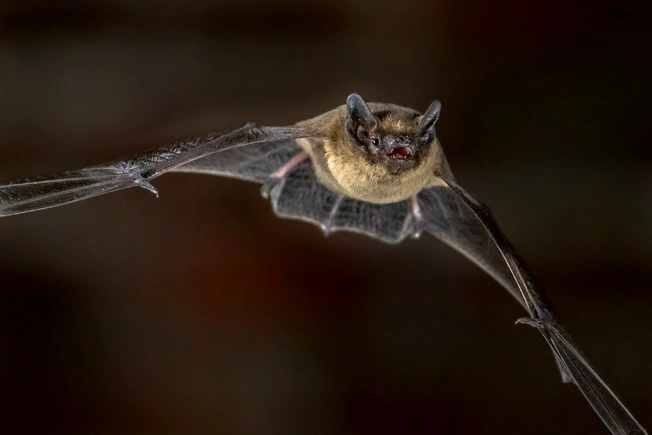
Bats
Bats prefer to avoid humans, but they could bite if you try to handle them. Most bats can’t bite hard enough to hurt you, but hoary and brown bats can puncture your skin. Even though very few bats carry rabies, the CDC says that if there’s any chance that you’ve been in contact with one, it should be tested and you should get a rabies shot. Also, their droppings, or guano, can cause a lung infection called histoplasmosis. Fungus spores grow on the guano and become airborne when disturbed. If you inhale them, they can cause flu-like symptoms.

How to Get a Bat out of Your House
If a bat flies into your house, it’s most likely by accident. They may come in through an open window or door without a screen. They can fall down an open chimney and can squeeze through any hole about the size of your finger. To help them leave, trap them in a room and open an exterior door or window so they can fly out. Turn off the lights and keep kids and pets in a separate room. Try to stay calm and quiet as noise will upset them.
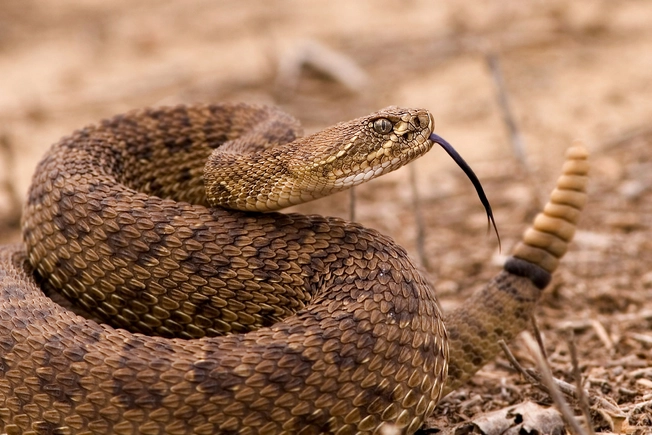
Snakes
If you have a snake in your home or yard, the health risk depends on the type of snake. Some snakes may bite if you corner them or try to handle them. Some snakes are venomous and can poison you if they bite. (The U.S. has about 20 species of venomous snakes). Other snakes are harmless. Venom or not, snake bites hurt and can send you to the E.R.
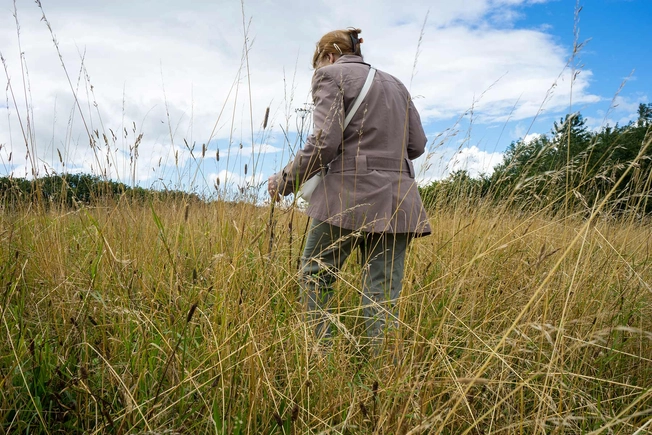
How to Prevent a Snake Bite
If you encounter a snake, slowly back away and don’t try to touch it. Be careful when reaching into areas you can’t see where one could hide, such as holes. If you’re walking or working in heavy weeds and grass, wear tall leather boots. When camping, stay away from swamps or thick foliage where they live. If you get bitten, do not try to capture the snake. Get to a doctor right away.
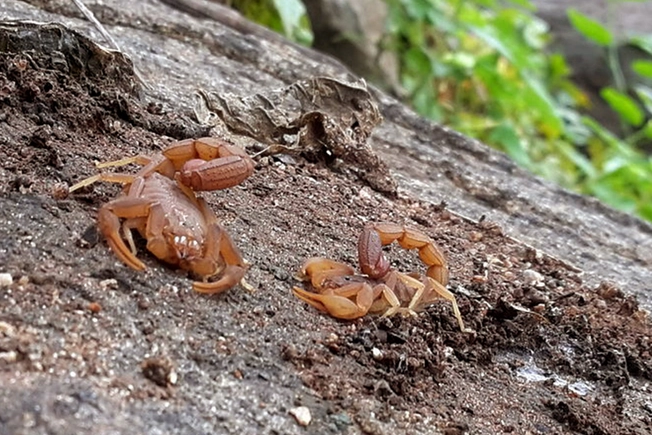
Scorpions
A scorpion sting can cause pain, swelling, numbness, tingling, and a feeling of warmth. In the U.S., the bark scorpion is the only type of scorpion with venom strong enough to cause severe symptoms. It’s usually found in the desert areas of the Southwest.
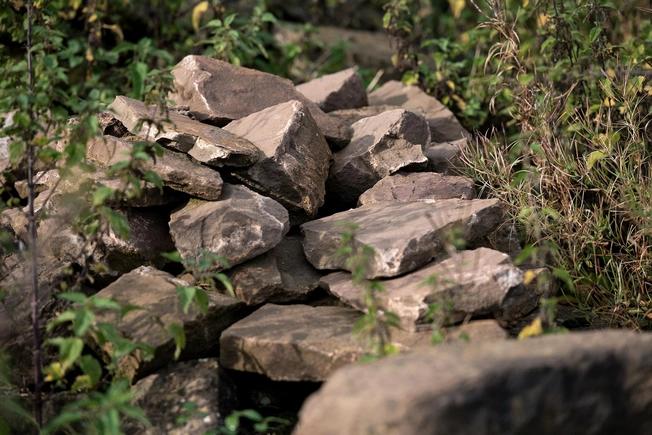
Preventing a Scorpion Sting
Most scorpions in America are found in the Southwest. The bark scorpion lives under rocks, logs, and tree bark, so to keep them at a distance, and get rid of piles of rocks or lumber from around your home. Keep bushes and trees pruned so scorpions can’t jump into your house. Wear shoes outdoors, and if you store gardening gloves or boots outside, shake them out before you put them on.

Raccoons
These masked night-dwellers are one of the main carriers of rabies. But only one person in the U.S. has ever died from being bitten by a rabid raccoon. They usually run away from people but may get defensive and aggressive if threatened. If you get scratched or bitten, see a doctor as soon as possible. Like bats, raccoon poop can cause health problems. It may contain a roundworm that can infect humans and pets.
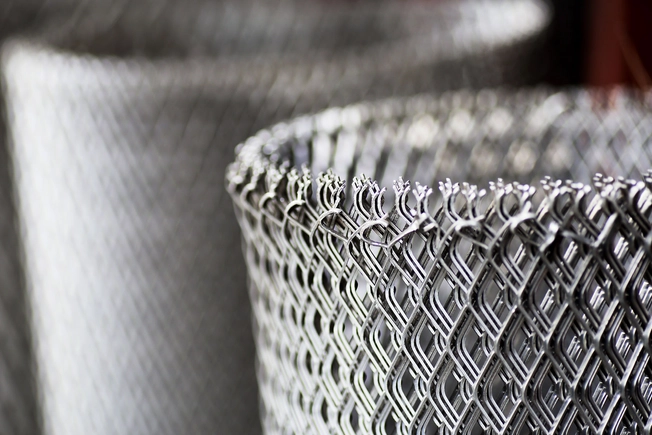
Keep Raccoons Out
If you have a raccoon in your house, it’s best to call a professional. It may be a mother with their young. Try to figure out how it got in by checking out the outside of your home from an animal’s perspective. Cover holes or gaps with wire mesh. Clean up any poop you find. When you do, wear disposable gloves, use hot soapy water, and throw away any sponges or towels you used.
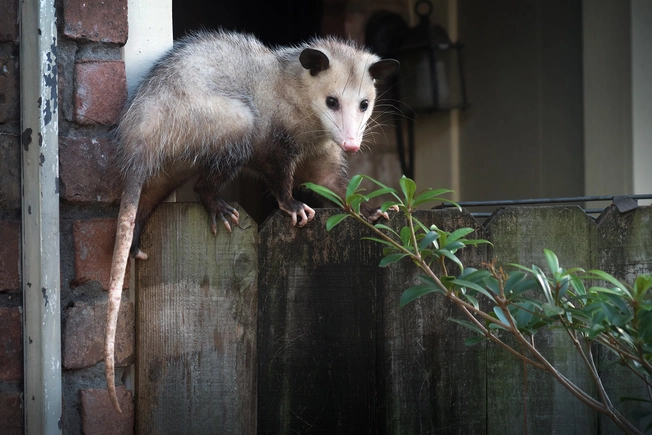
Opossums
Time for some myth busting: Opossums aren’t the bad guys they’re made out to be. They rarely carry rabies, they probably weren’t the critters who knocked over your trash cans, and that hissing is just a bluff. They scare away easily, and they’ll even eat some of the insects and pests in your garden. Still, it’s understandable if you don’t want them around.

Keep Opossums Away
Opossums may take shelter under your porch or in a shed. Encourage them to leave by placing stinky socks or shoes a few feet from the exit. They won’t like the smell and should leave after a day or two. Once they do, seal the exit so they can’t get back in. You also could install a one-way door that allows the opossum to exit the area but doesn’t let it back in.
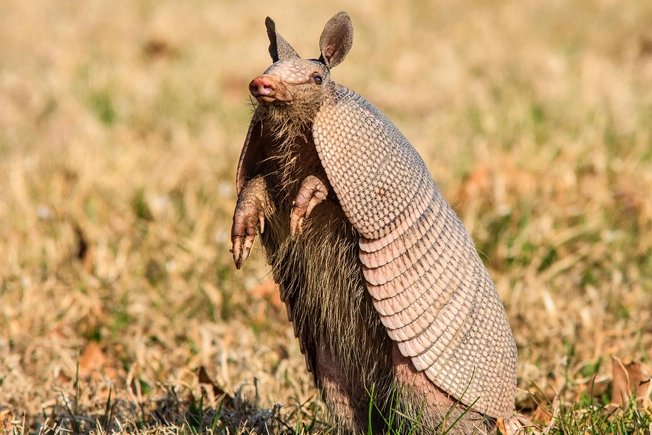
Armadillos
Armadillos generally don’t bother people and aren’t known to bite. But they’re the only animal aside from humans that can host the bacteria that causes leprosy. Armadillos that carry the disease can be found in the Southern U.S. But the risk of them spreading the disease to you is very low. The biggest risk with these odd critters, especially in suburban and agricultural areas, is that they can dig up your yard while making their burrows.

How to Catch an Armadillo
Armadillos will dig in lawns, gardens, and raised beds looking for food or a safe place to burrow. They’re nocturnal, so setting a humane trap near a burrow at night is a safe way to catch one. They have strong front feet, so make sure the trap is sturdy. Don’t try to catch one with your hands because they may scratch you with their long, sharp claws as they try to get away.
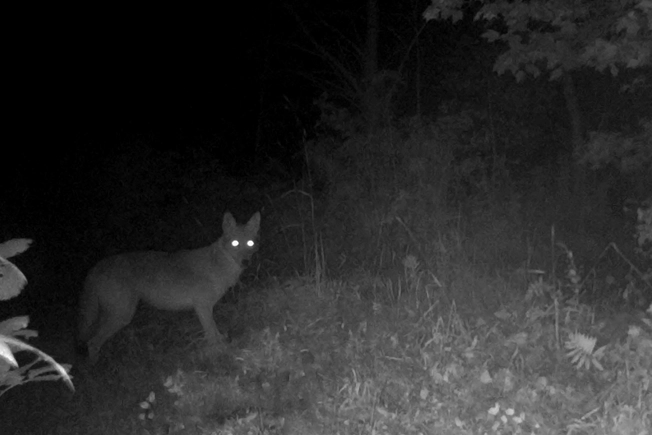
Coyotes
People may worry about coyote attacks, but the truth is that those are very rare. Only two people in history have been killed by coyotes in North America. They’re nocturnal, and unless they’re sick, they usually run away from people. Coyotes can carry rabies, and they often get it from unvaccinated domesticated dogs. Coyotes may attack pets if they are wandering outdoors where coyotes roam.

Keep Coyotes Away
Encourage coyotes to stay away by keeping outdoor trash contained in bins with lids so they can’t eat food scraps. Don’t leave food outdoors at night, and don’t try to feed a coyote if you see one. Most cases of coyotes biting people happen when a person is trying to feed them. If you see one that doesn’t run away, back away slowly. Yell and throw small rocks or clumps of dirt to scare it away.